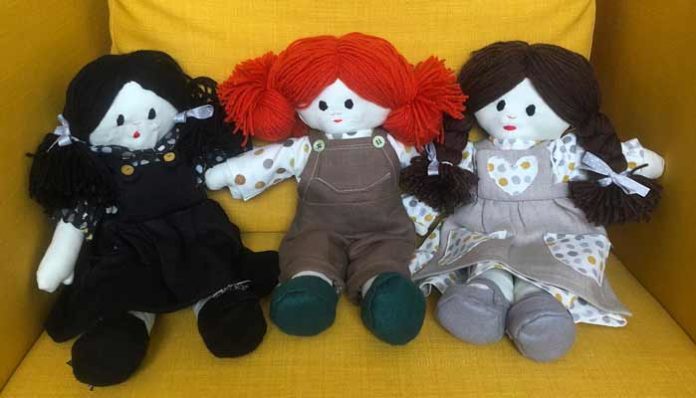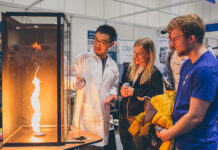There is a strong relationship between art, the environment and sustainability.
If something is sustainable, it means that it’s ‘using methods that do not harm the environment’. Due to education, strong campaigning and popular TV shows such as Sir David Attenborough’s Blue Planet II, individuals are more aware of issues such as sustainability than ever before.
Because of this, UK business owners are striving to embed sustainability into their workplace cultures wherever possible – starting with the physical structure of the company’s building.
Art and sustainability
When it comes to art and sustainability, the expression ‘sustainable architecture’ is spreading in the world of design. Homes and buildings have a monumental impact on carbon emissions, which is why businesses are striving to limit their environmental impact when they are building new structures, opting for materials that can be reused or disposed of without causing any pollution.
They are also consulting with electrical and mechanical engineers to ensure that high-efficiency electrical, plumbing and other systems are implemented. This approach will help to ensure an overall reduction in waste.
What other ways are businesses successfully becoming more sustainable?
It’s not just architecture that businesses are focusing on in a bid to be more sustainable – they are also coming up with many creative ways to reduce harm on the environment.
When the likes of Swift Direct Blinds create their made to measure blinds, they try to ensure that there is as little fabric waste as possible. However, it’s impossible for there to be zero material left over. Today, this fabric is being used to create something fantastic.
Katie McManaman, Swift Direct Blind’s Technical Director, came up with the brilliant idea to use the scrap fabric to create rag dolls, which are now being sold to raise money to support fantastic charities Mind and The Samaritans. If that wasn’t enough, Katie has also signed up to take part in the Cycle Costa Rica 2020 challenge, where she will cycle from the Caribbean Sea to the Pacific coast of Costa Rica.
Disney have also made a commitment to the planet – they are working towards attaining a ‘zero’ state of net greenhouse gas emissions and waste, reducing them by 44% in 2018. By 2020, they also hope to divert 60% of waste from landfills and incineration. As animals have been a part of Disney storytelling for over 60 years, they are committed to working towards a world where wildlife can thrive.
 Renowned footwear manufacturing company, Nike, is on a journey towards zero carbon and zero waste in a bid to help protect the future of sport. Chairman, President and CEO of Nike, Mark Parker, states: “In the face of today’s challenges – from climate change to inequality to how we unleash the potential of the next generation – I believe we need our boldest dreams yet”. Without a planet there will be no sport, and because of that, there is no finish line for Nike when it comes to sustainability.
Renowned footwear manufacturing company, Nike, is on a journey towards zero carbon and zero waste in a bid to help protect the future of sport. Chairman, President and CEO of Nike, Mark Parker, states: “In the face of today’s challenges – from climate change to inequality to how we unleash the potential of the next generation – I believe we need our boldest dreams yet”. Without a planet there will be no sport, and because of that, there is no finish line for Nike when it comes to sustainability.
Starbucks are also taking responsibility. The popular coffee company provide funding, people, time and coffee to help groups within communities, charities and local projects. They ensure that 99% of their coffee is ethically sourced, as well as accredited by Conservation International. And of course, they’ve worked hard on cup recycling, putting a strategy in place to minimise waste.
It’s evident that many businesses are tackling the issue of sustainability in their own ways. From the initial build of the company walls, to the goal of achieving zero waste, brands such as the above are leading the way to a sustainable future.







